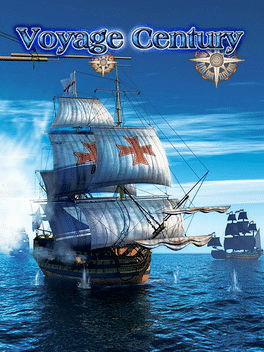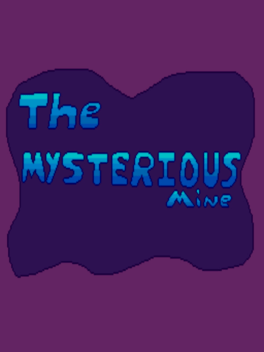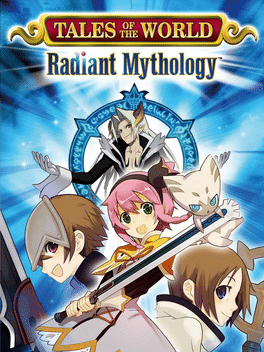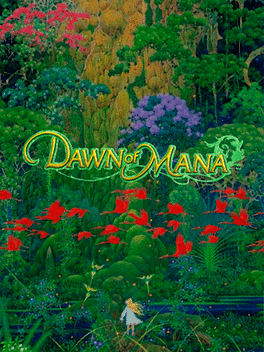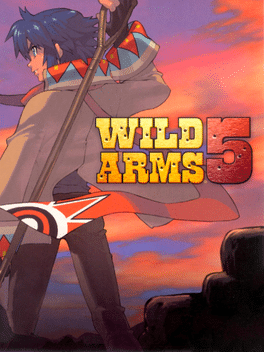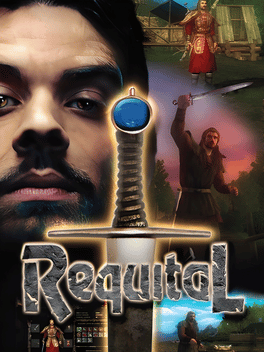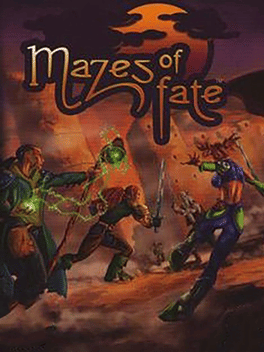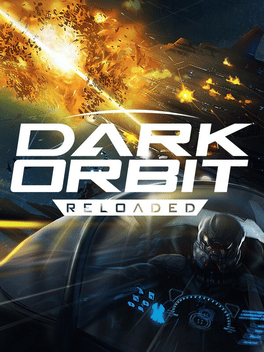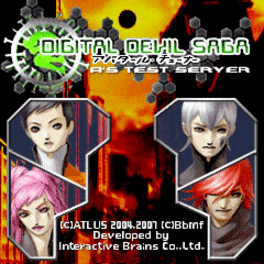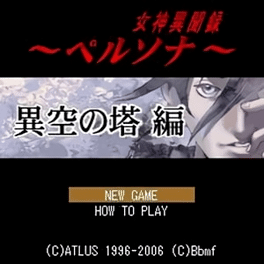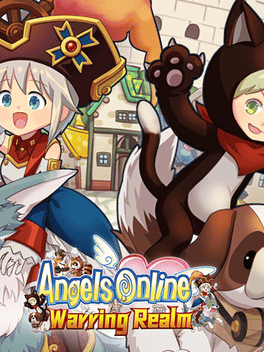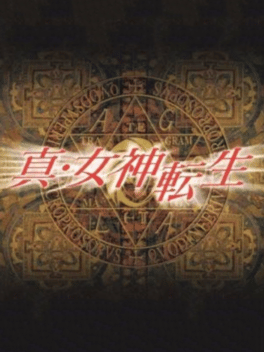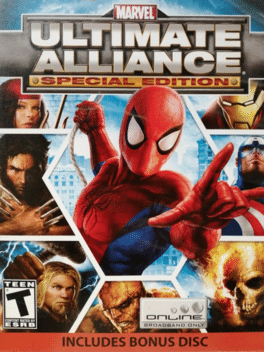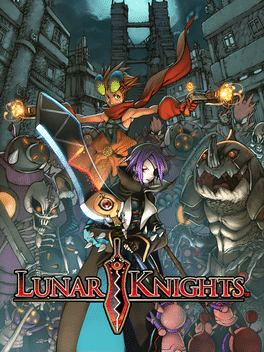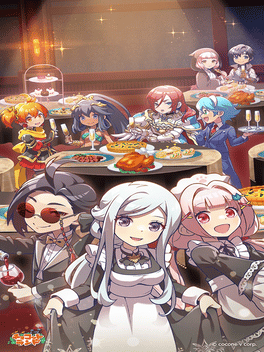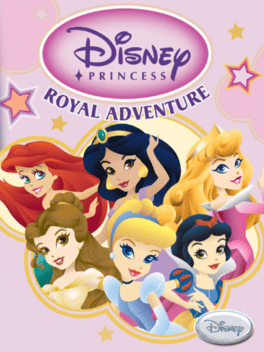New Xbox360 Games - Page 202
-
Voyage Century
2006
Voyage Century
2006
Voyage Century is a free-to-play nautical MMORPG. The game is set in the 16th century and features accurate historical representations of several coastal cities. -
The Mysterious Mine Bouncin' Back Edition
2006
This is the author’s Earthbound hack that they have worked on since 2006. This hack is a graphics, story, gameplay change hack. -
Tales of the World: Radiant Mythology
2006
star 6.4The world of Terresia is under assault by a "devourer", which seeks to consume its mana and leave it barren. Although the residents of the planet are unaware, this is actually a result of the actions of two entities named Widdershin and Aurora, the descenders of other worlds. As a last resort, the world's life-giving tree (the World Tree) uses the last of its power to create a defender - the player's own character. The hero, after being awakened by a strange creature named Mormo whose own world was destroyed by the same threat, learns of the danger to this world's World Tree. Upon hearing a scream, the player rushes to discover that a girl is being attacked by a soldier. After rescuing the girl, she introduces herself as Kannono, a member of an organization named Ad Libitum. This guild seeks to help the people of the world, fighting injustice and oppression. With no better leads, the player and Mormo set out to join Ad Libitum, hoping to learn more about the location of the devourer. -
Dawn of Mana
2006
Dawn of Mana
2006
star 3.7Dawn of Mana, as the title suggests, focuses on the origins of Square's Secret of Mana action RPG series, touching upon the genesis of both the Mana Tree and the Sword of Mana. The game takes place on the once idyllic island named Illusia, where the life-giving Mana Tree has dried up and turned to stone. In desperate need of a hero, Illusia calls upon one of its own to save the land from a dire threat. Players will guide this young warrior on an epic quest that will have them adventuring across a completely 3D world for the first time in the series. From majestic plains to towering mountains, the interactive environments in Dawn of Mana offer an assortment of places to visit, characters to meet, and creatures to battle. The combat system once again unfolds in real-time, with players able to jump, slash with a sword, fire projectiles, and even swing a whip that can attach itself to objects. -
Anarchy Online: Lost Eden
2006
star 7The battle for control of Rubi-Ka escalates as the factions battle for control of vast orbital battle stations that have arrived on Rubi-Ka to battle the alien menace. For the first time players are also able to take the battle back to the aliens and embark on dangerous and exciting missions aboard the massive alien motherships. -
Wild Arms 5
2006
Wild Arms 5
2006
star 7.6Developed for the 10th anniversary of the series, Wild Arms 5 follows a group of young travelers as they fight for their dying land. Players guide the rag-tag bunch of heroes through a 3D world full of adventure and combat. While jumping, sliding, and stomping through the environment to complete the main objective, gamers can also engage in mini-games and side quests for money and rare items. Although the story revolves around new characters, the HEX battle system returns and several known avatars make cameo appearances during the game. Duel-pistol wielding skills make their debut in Wild Arms 5, and allow gamers to shoot different bullets that solve puzzles located throughout the adventure. -
Requital
2006
Requital
2006
Requital is a 2006 action RPG developed by Akella and Primal Software and released by Excalibur Publishing on the Microsoft Windows platform. According to the developers, part of the motivation in making Requital was to create an authentic 6th century Russian world for the player to explore. As such, the game veers away from anachronisms and modern fantastical elements like magic and mythological creatures. Instead, it is more centered on historical realism mixed with superstitions that existed in that period of Russian history. -
Mazes of Fate
2006
Mazes of Fate
2006
Mazes of Fate is a real-time first-person role-playing game in which the player takes controls of up to three characters. -
DarkOrbit: Reloaded
2006
DarkOrbit: Reloaded
2006
DarkOrbit, later renamed to DarkOrbit: Reloaded is a sci-fi MMORPG game developed by Bigpoint Games. The game is set in outer space, where players control a spaceship to battle against non-player characters and other players. It is a three-dimensional isometric Flash game. -
Digital Devil Saga: Avatar Tuner - A's Test Server
2006
Digital Devil Saga Avatar Tuner: A's Test Server is an RPG released for Japanese feature phones as a side-story taking place in the Digital Devil Saga series. -
Megami Ibunroku Persona: Iku no Tou-hen
2006
Megami Ibunroku Persona: Ikū no Tō Hen is an RPG developed by Atlus and Bbmf for mobile phones, specifically the high-end feature phones of the time. -
Angels Online
2006
Angels Online
2006
Angels Online is a free to play MMORPG which features 16 different classes, large operational robots and the ability to switch and mix class-bound skills. -
Shin Megami Tensei
2006
Shin Megami Tensei
2006
Shin Megami Tensei is a port of the PlayStation remaster of Shin Megami Tensei for Game Boy Advance, iOS, and Android. This port adds new events that provides more backstory to the story. However, this port also has washed out colors and lower quality music than its PlayStation counterpart, due to hardware capabilities of Game Boy Advance. This is the only version of Shin Megami Tensei that got an official English localization with its iOS release. The gameplay uses first-person navigation of dungeons and turn-based battles against demons. The player can recruit demons as allies by talking to them rather than fighting them, and two to three demons can be fused to create new demons. -
Marvel: Ultimate Alliance - Special Edition
2006
Marvel: Ultimate Alliance is an action role-playing video game developed for PlayStation 2, PlayStation 3, Xbox and Xbox 360 by Raven Software and published by Activision. -
Lunar Knights
2006
Lunar Knights
2006
star 6.2Descend into the gothic Sci-Fi world of Lunar Knights and take control of two warriors on a quest to reclaim the world from the vampiric legion. Spin together tornados, guide down flaming meteors, and blow together snowstorms in Kojima Productions first ever title on Nintendo DS! -
The Elder Scrolls IV: Knights of the Nine
2006
star 7.8The Knights of the Nine have long been disbanded. Reclaim their former glory as you traverse the far reaches of Cyrodill across an epic quest line. Vanquish the evil that has been released upon the land. New dungeons, characters, quests, and mysteries await. -
Disney's American Dragon Jake Long: Rise of the Huntsclan!
2006
Jake Long's most fierce enemy, Dark Dragon, takes Rose, Jake's love interest, hostage in order to cause Jake's destruction in Disney's American Dragon: Jake Long, Attack of the Dark Dragon. When Dark Dragon realizes the evil Huntsman also has an interest in rescuing his hostage, the ultimate duel ensues. Players battle their way through an onslaught of villains that pour in from every direction to save Rose in the process. -
Chocotto Land Online
2006
-
Disney Princess: Royal Adventure
2006
Disney Princess: Royal Adventure is an action/adventure game starring your favorite Disney princesses. The game stars an original character named Lily. You're the young caretaker of a Disney castle, and it's up to you to find a collection of special crowns that have gone missing. Venture to different areas of the castle and fun places in and around the village, increase your skills and earn enough points to explore several different worlds. During this exploration, you'll become friends with the Disney Princesses—Jasmine, Cinderella, Belle, Ariel, Snow White and Sleeping Beauty—who will help her on her journey.
